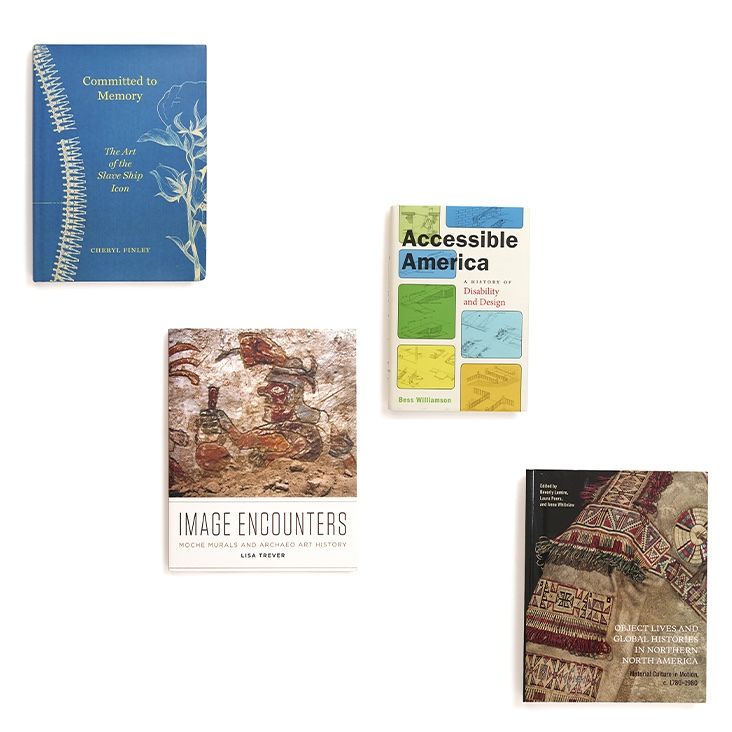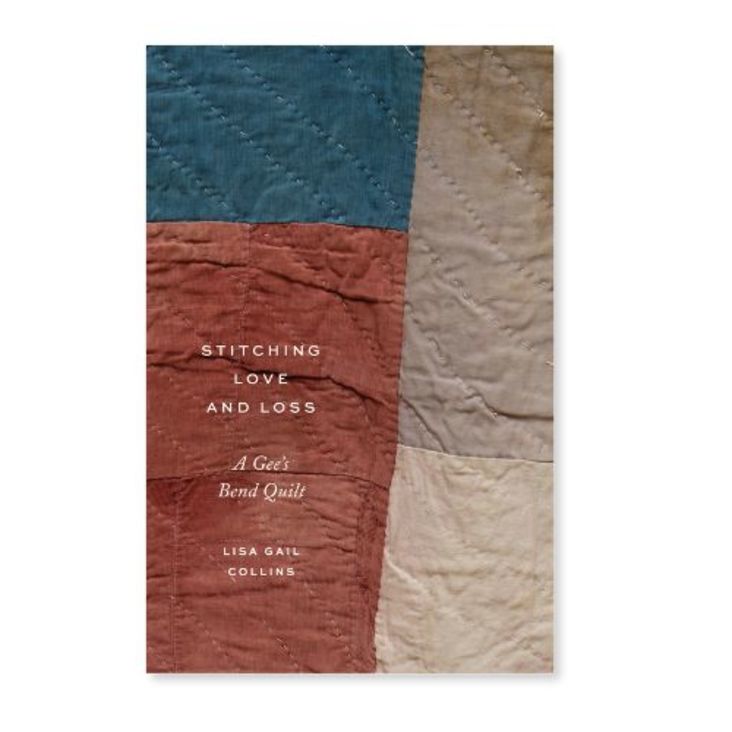From the Exhibition:
John Lockwood Kipling: Arts & Crafts in the Punjab and London
This bright red silk pile carpet’s most
distinctive feature is also its most mysterious. Atypically “signed” on one
edge, with occasionally reversed letters that make the words hard to decipher, the
carpet certainly bears the English text “Jail of,” but the place
name—“Rakarnadha” [?]—is not one that scholars have yet been able to identify. Although
this kind of signature is rare, prison-made carpets from British India are not.
During the nineteenth century, prisons served as major centers of craft
production and education on the subcontinent, and “government schools of art
and jails” were often spoken of in the same breath.
Indeed, such institutions often collaborated on design and production.
Both taught discipline and design: how to work and what to make. Such
connections between government systems demonstrate the ambitions and reach of design
reform during the second half of the nineteenth century. The Punjab colonial
government pointed to the prison carpet industries as a proud accomplishment in
several areas: disciplining the population through craft work; subsidizing
incarceration through the sale of its products; controlling product design; and
creating a modern industry based on traditional design principles.
Although
prison workshops often focused on low-skill flat-woven wool or cotton carpets (durries/dhurries), many produced high-skill, luxury pile carpets—one
notable example being the carpet designed by John Lockwood Kipling and Bhai Ram
Singh for Queen Victoria’s Durbar Hall, which was made by women prisoners in
Agra. Such products responded to the creation of international markets for
Indian craft products based on high quality and artistic tastes. As the art
critic George Birdwood speculated, “People do not want doormats from India but
art carpets.” For Birdwood, the focus on beauty and quality was morally
beneficial to both producers and purchasers.
The jail carpet displayed here would have been especially difficult to make, as
the knotting of fine silk threads is extremely delicate work. At the same time,
the design is a basic one and its execution shaky, which stands in contrast to
the quality and complexity of carpets such as that at the Durbar Hall. Its
brightness, which recalls the bright red grounds of Mughal carpets, is unlikely
to have been in style during the later nineteenth century, when the influential
Arts and Crafts movement and English government design schools had instilled a
preference for muted colors based on the palettes of natural dyes and faded
historical textiles.
The
explosion of industry in the Punjab during the early 1860s has been attributed
to the influence of international exhibitions. Prison carpets were sent to both
international and Indian exhibitions, and they were often exhibited in their
own special category. At the London International Exhibition of 1862, one
carpet said to have been based on a traditional shawl design electrified the
industry, winning a medal and receiving a commission from a London firm.
This inspired existing jail workshops to adopt traditional and “oriental”
designs, and other jails started up workshops to meet the new demand. Not all
were impressed by this new economic activity, however. Birdwood notably
complained that jail workshops undercut the livelihood of local weavers.
Kipling, however, acknowledged that the prison carpet industry in the Punjab
was largely a British innovation, even if his inclusion of convict weavers in
his series of drawings of traditional craftsmen problematically seems to
naturalize their incarcerated state.
Rather, this industry’s traditional character was thought to derive from its
adherence to “oriental” patterns and styles—that is, those chosen by Kipling and
other officials as traditional. At
the same time, returning to traditional design principles is what made the
industries “modern” for Kipling. In
this paradoxical way, the prison carpet industry in India was born.
The
financial success of the jail carpet workshops seemed to reinforce colonial
views about Indian workers. As a colonial official remarked on visiting the
Punjab Exhibition of 1881–82, “it seemed as if the only way to get native
workmen to do anything was to shut them up in a jail!”
From the official perspective, the advantages of jail industries over art
schools included the fact that attendance and discipline were mandatory.
The use of craft as a reforming activity in prisons was not confined to
colonial India. The decorative majolica tiles between the architectural courts
at the South Kensington Museum in London (now the Victoria and Albert Museum)
were made by inmates of the Woking Women’s Prison outside London, in a project
nicknamed “Opus Criminale” by director Henry Cole.
It
was Kipling who pointed out that handmade carpets were experiencing a
simultaneous revival in England at the hands of “Mr. Morris, of the well-known
Oxford Street firm of designers and decorators.” But Kipling criticized Morris’s
products for being too expensive.
In this respect, the Indian hand-knotted carpet industry could solve a familiar
problem of the Arts and Crafts movement: the cost of labor in India made it
possible for British consumers to buy high-quality, naturally dyed, handmade
carpets. Yet the fundamental contrast between these two revival movements lay
deeper: whereas William Morris spoke of hand craft in terms of pleasure and the
joy in labor, for the inmates of prison workshops hand craft work was a
punishment. As a type of labor for inmates, jail supervisors favored craft
carpet weaving and knotting as activities that were particularly repetitive,
boring, and hence disciplining.
For example, George Birdwood, quoted in George Watt, A Dictionary of the Economic Products of India, vol. 2 (Calcutta: Superintendent of Government Printing, 1889), 181.
Collaborations include the Lahore Central Jail and the Mayo School of Art, Lahore, and the Madras School of Art and Department of Jails, Madras, among others. See Sandra Kemp “The Appreciative Eye of a Craftsman: Kipling as Curator and Collector at the Lahore Museum, 1875–93,” in Susan Weber and Julius Bryant, eds., John Lockwood Kipling: Arts & Crafts in the Punjab and London (New Haven and London: Yale University Press and Bard Graduate Center, 2017), 192–95; Natasha Eaton, Colour, Art, and Empire: Visual Culture and the Nomadism of Representation (London: I. B. Tauris, 2013), 121–22.
George Birdwood, Paris Universal Exhibition of 1878: Handbook to the British Indian Section (London and Paris: Offices of the Royal Commission, 1878), 96.
The International Exhibition of 1862, Official Catalogue, Industrial Department (London: Truscott, Son and Simmons, 1862), 222; “No. 2881, No. 596C dated 2nd August 1879, Secretary to the Government of the Punjab to the Secretary of the Government of India, Home, Revenue, and Agricultural Department,” The Punjab Record 14, p. 110.
Birdwood, Handbook to the British Indian Section, 94–96.
John Lockwood Kipling, quoted in Watt, A Dictionary of Economic Products of India, 181; Punjab Record, 111.
Kemp, “The Appreciative Eye of a Craftsman,” 192-193.
Kipling quoted in Kemp, “The Appreciative Eye of a Craftsman,” 193; Report on the Punjab Exhibition, 32.
Baden Henry Baden-Powell, “On Some of the Difficulties of Art Manufactures,” Journal of Indian Art 1, no. 5 (1886): 37, quoted in Arindam Dutta, The Bureaucracy of Beauty: Design in the Age of its Global Reproducibility (New York and London: Routledge, 2007), 226.
Abigail McGowan, “Convict Carpets: Jails and the Revival of Historic Carpet Design in Colonial India,” The Journal of Asian Studies 72 (May 2013): 409 –10.
Dutta, The Bureaucracy of Beauty, 226.
John Lockwood Kipling, quoted in Watt, A Dictionary of the Economic Products of India, 180.
See McGowan, “Convict Carpets,” 398, 412.













